MELANOMA SKIN CANCER
"Understanding Melanoma: The Silent Skin Assassin"

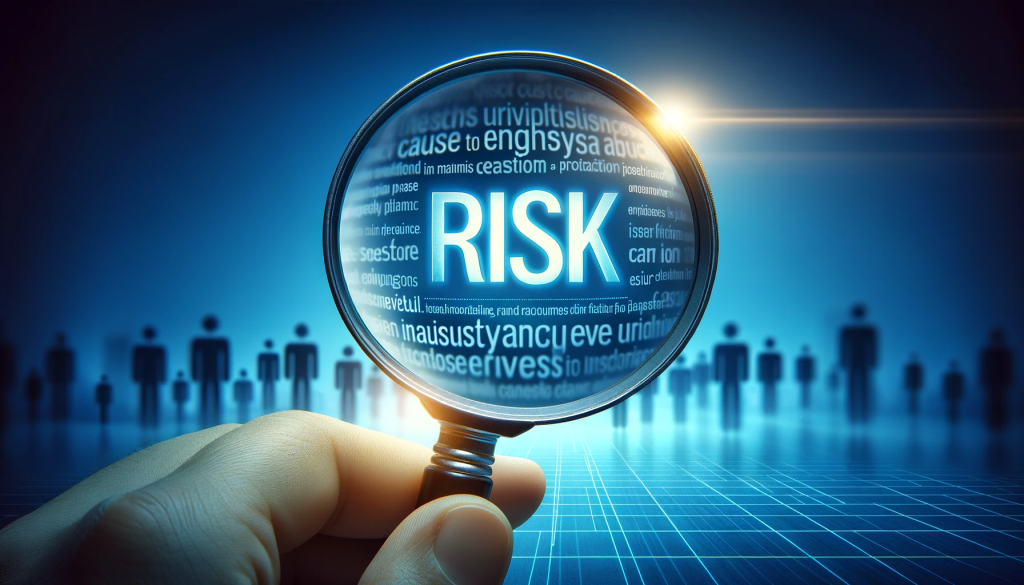
Risks and causes of melanoma
Your risk of developing melanoma depends on many things including lifestyle factors and some medical conditions. In the US, around 85 out of 100 melanomas (around 85%) are caused by too much ultraviolet radiation.
Melanoma skin cancer is the 5th most common cancer overall in the US. The number of people diagnosed with melanoma has increased over the last few decades.
Anything that can increase your risk of cancer is called a risk factor. Those that lower the risk are called protective factors.
Having one or more risk factors doesn’t mean that you will definitely get melanoma.
Age
The risk of melanoma increases with age. So it’s more common in older people. In the US, more than 25 out of 100 people (more than 25%) diagnosed with melanoma are aged 75 and over. But, younger people can also develop it. Compared to most other cancer types, it’s also quite common in younger people.
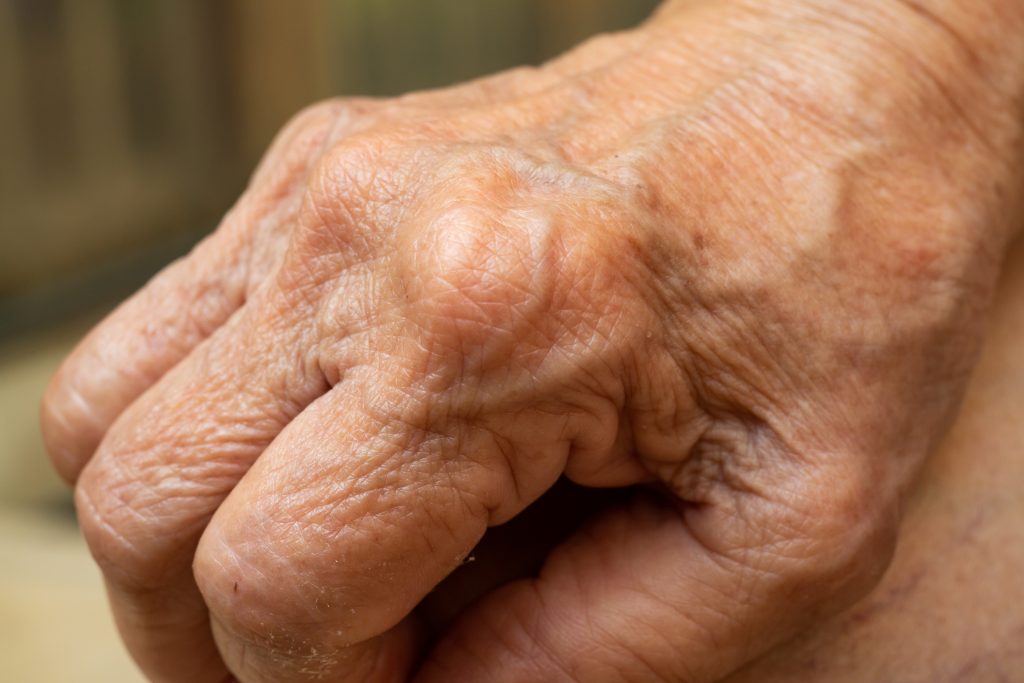

Ultraviolet Light
Ultraviolet light (radiation) is the main environmental factor that increases the risk of developing melanoma. Ultraviolet light comes from the sun or sunbeds. In the US, around 85 out of 100 melanomas (around 85%) are caused by too much ultraviolet radiation.
Sunburn
People who have had sunburn are more likely to get melanoma than those who have not.
The risk is higher if you have had sunburn several times in your life. This increase in risk is seen with sunburn at all ages, not just in childhood.
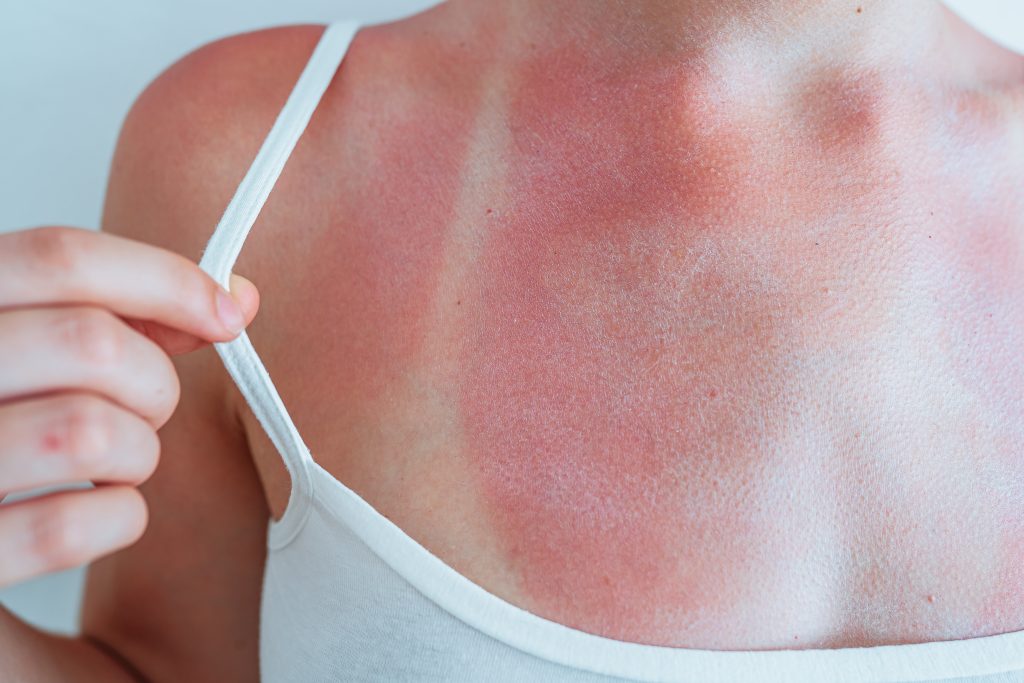
Sunburn increases the risk of melanoma.
Sunbeds
Research shows that the type of ultraviolet light used in sunbeds (UVA) can cause all types of skin cancer. The International Agency for Research into Cancer (IARC) has classified using sunbeds as a cause of melanoma.
People have an increased risk of melanoma if they’ve ever used a sunbed. And the risk is highest for people who use a sunbed before the age of 35. Sunbed use by under-18s is banned in Scotland, England and Wales, and Northern Ireland.
Using a sunbed to get a tan before you go on holiday can also increase the risk of melanoma. There is no such thing as a safe tan.

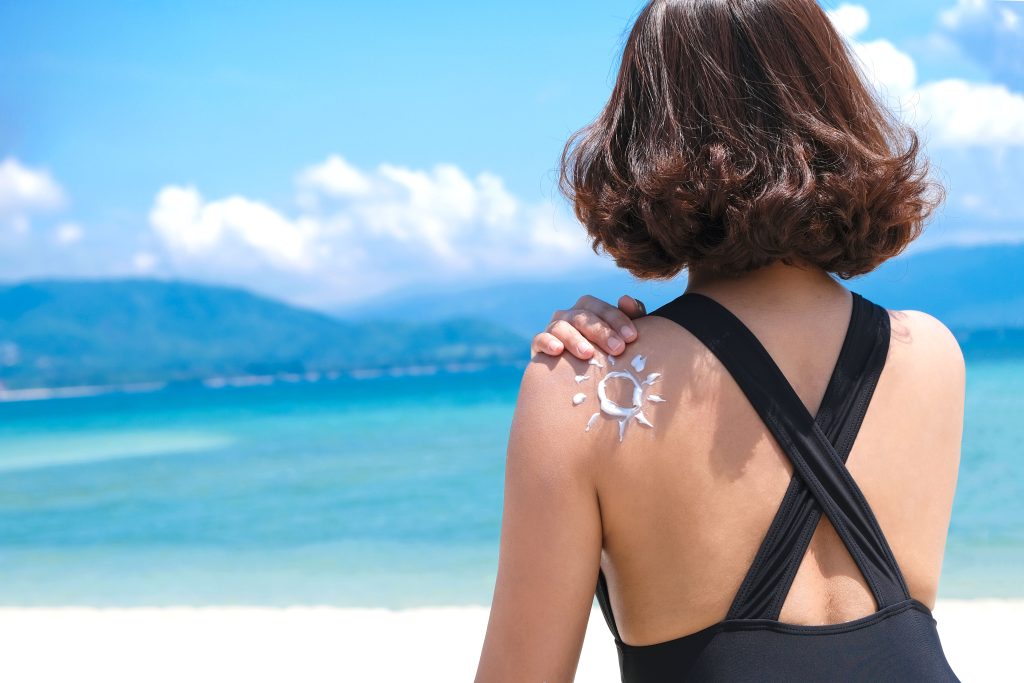
Sunscreen
It is difficult to study how sunscreen affects the risk of melanoma. This is partly because people who use sunscreen may stay longer in the sun because they think they are protected. So they actually get more exposure to ultraviolet light overall.
The best way to enjoy the sun safely and protect your skin is to use a combination of shade, clothing (including sunglasses) and sunscreen.
Shade and clothing are more effective than sunscreen at protecting your skin. Sunscreens shouldn’t be used to spend longer in the sun, but they can be useful for protecting the parts of skin not covered by clothing or shade.
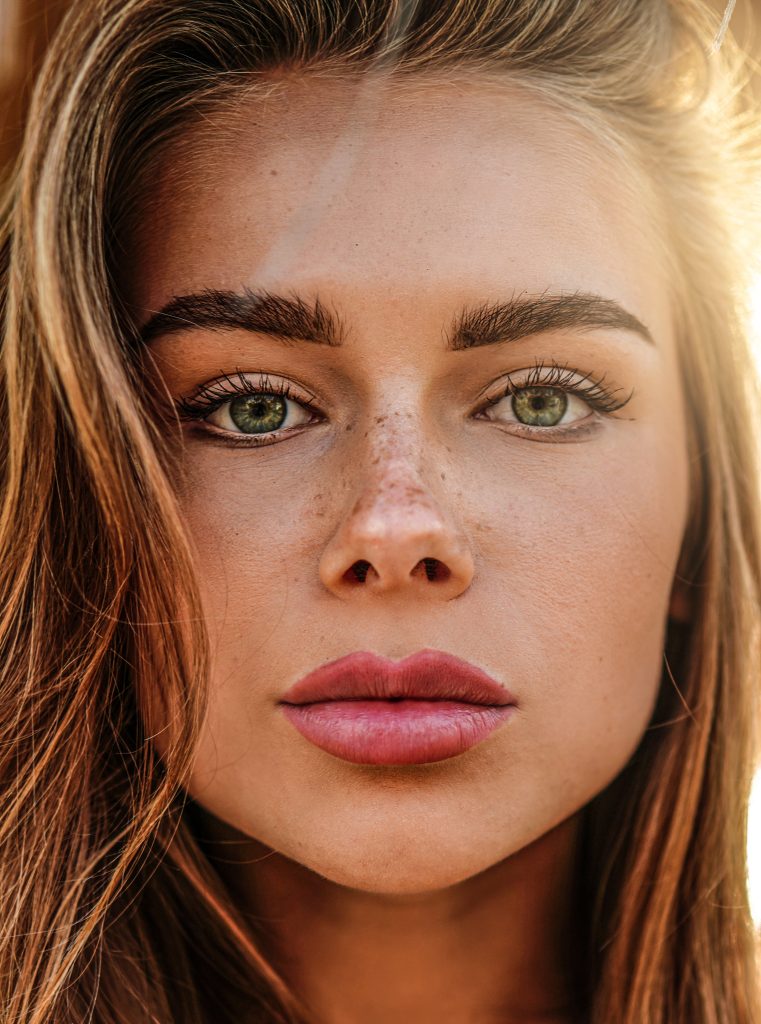
Skin color and freckling
Your skin type and colour affect your risk of developing melanoma. If you tend to burn in the sun, you’re more at risk.
People who are very fair skinned, especially with fair or red hair, are more at risk of developing melanoma. So are people with a lot of freckles. People with darker skins can still get melanoma but they have more natural protection against it.
It’s rare for black people in the US to get melanoma. If African or Asian people do get melanoma, it’s most often a type of melanoma that develops on the soles of the feet or the palms of the hands (acral lentiginous melanoma). This type of melanoma can also grow under the nail.
Moles
The more moles you have on your body, the higher your risk of melanoma. One study found that melanoma risk was higher in people with more than 100 common moles, compared with people with fewer than 15 moles.
This doesn’t mean you will definitely get melanoma if you have lots of moles. But it does mean you should be very careful about exposing yourself to the sun. And you should keep an eye on all your moles.
People who have lots of unusually shaped or large moles (atypical mole syndrome) have a higher risk of melanoma than the general population. A large mole is one greater than 5mm in diameter..
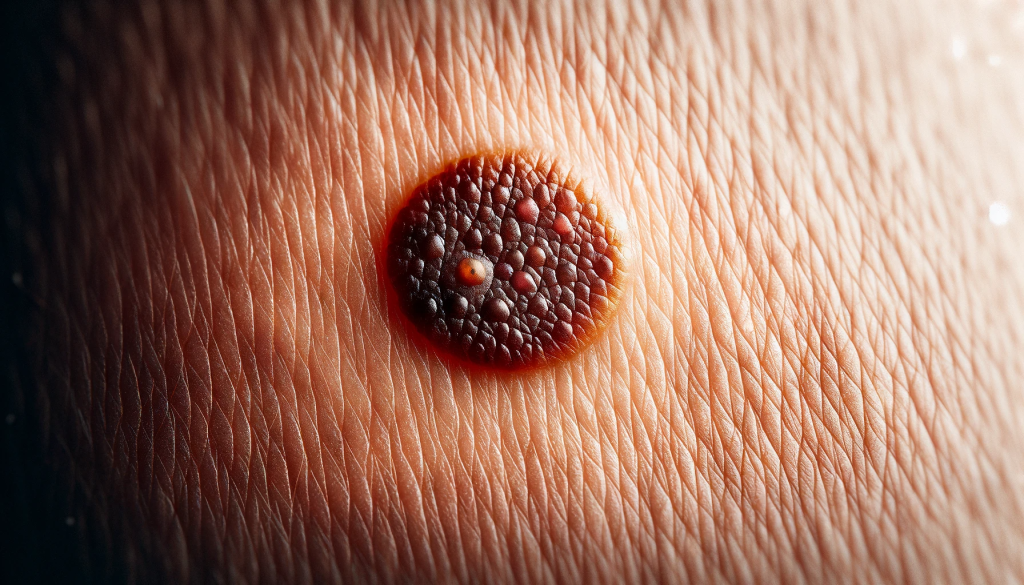
Birthmarks
Birthmarks are coloured marks on the skin and there are many different types. Different types of birthmarks are made up of different types of cells.
Most birthmarks, such as the common port wine stains and strawberry marks, carry no risk of developing into a cancer. But a very rare type, called a giant congenital melanocytic naevus, can develop into a melanoma if it is larger than 20cm.
Doctors recommend that you check all birthmarks regularly for any signs of change. But they recommend removing large congenital birthmarks at an early age if possible.
If it’s not possible to remove the birthmark, it needs to be checked regularly. US guidelines recommend that people who have large congenital melanocytic naevi should have regular checks by a skin specialist (dermatologist).
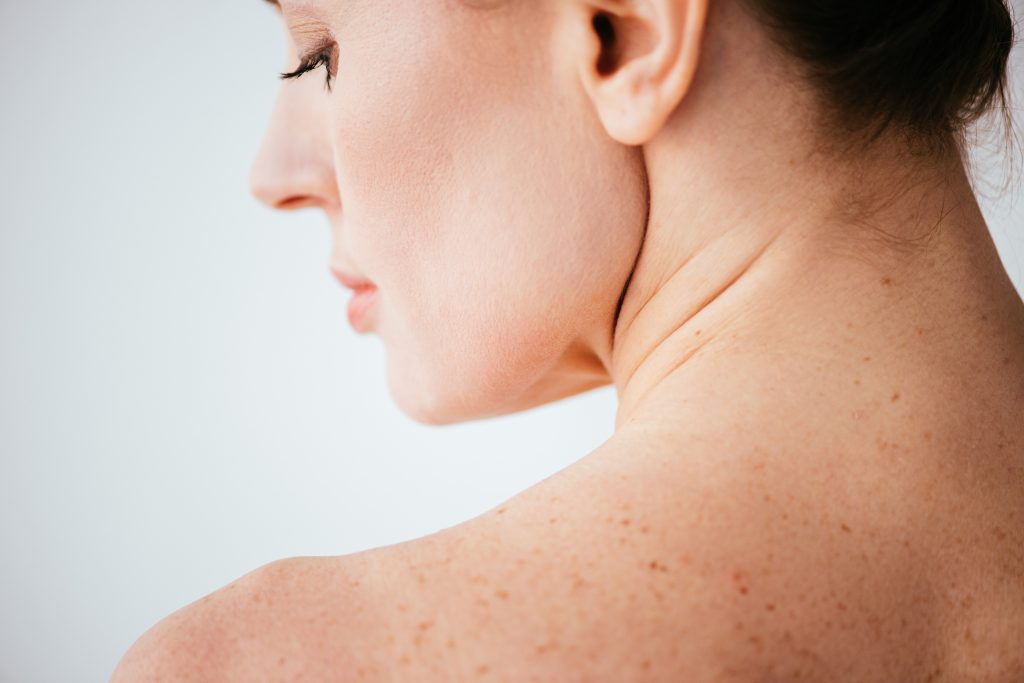
Family history and genetic factors
Birthmarks are colored marks on the skin and there are many different types. Different types of birthmarks are made up of different types of cells.
Most birthmarks, such as the common port wine stains and strawberry marks, carry no risk of developing into a cancer. But a very rare type, called a giant congenital melanocytic naevus, can develop into a melanoma if it is larger than 20cm.
Doctors recommend that you check all birthmarks regularly for any signs of change. But they recommend removing large congenital birthmarks at an early age if possible.

If it’s not possible to remove the birthmark, it needs to be checked regularly. US
guidelines recommend that people who have large congenital melanocytic naevi should
have regular checks by a skin specialist (dermatologist)
Getting Diagnosed:
Your GP will look at your mole, or abnormal area on your skin. They will ask you what you have noticed about it.
They will decide about whether to refer you for tests or to a specialist. If you have a melanoma you will have more tests to find out how big it is and whether it has spread, this is called staging.
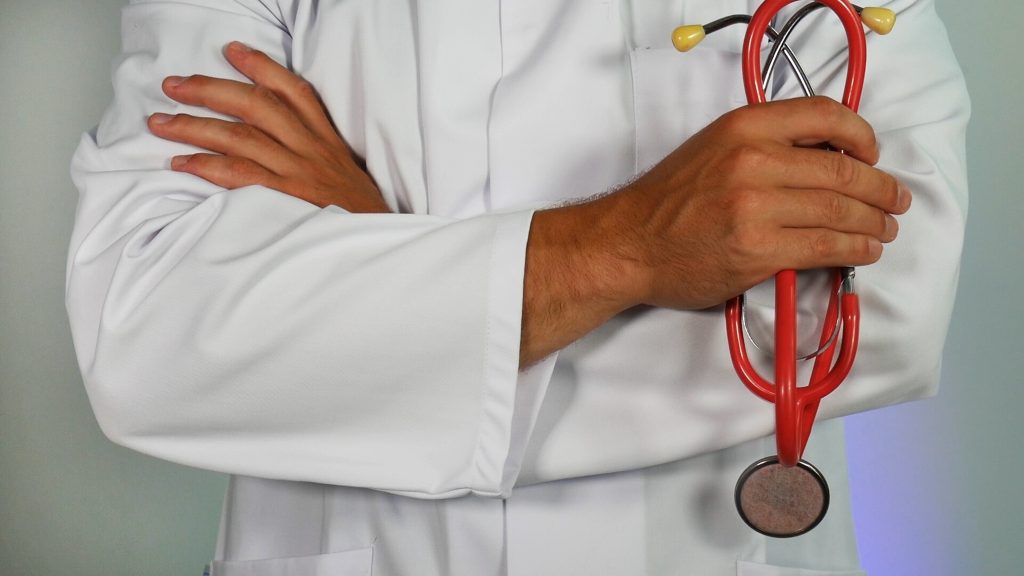
Seeing your GP
See your GP if you notice a change that isn’t normal for you or if you have any of the possible signs and symptoms of melanoma skin cancer.
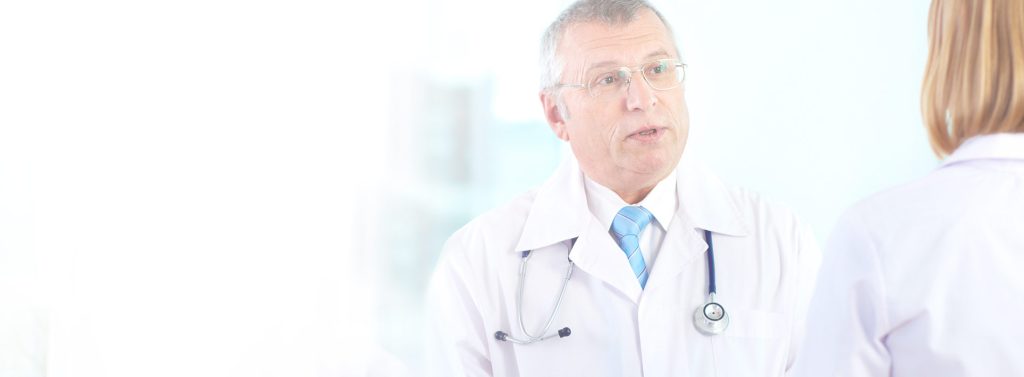
Tests to diagnose.
Your doctor examines and removes the abnormal area of skin to see if you have melanoma
Tests to stage
These tests find out how deep the melanoma is and whether it has spread. This tells you the stage of your melanoma.
